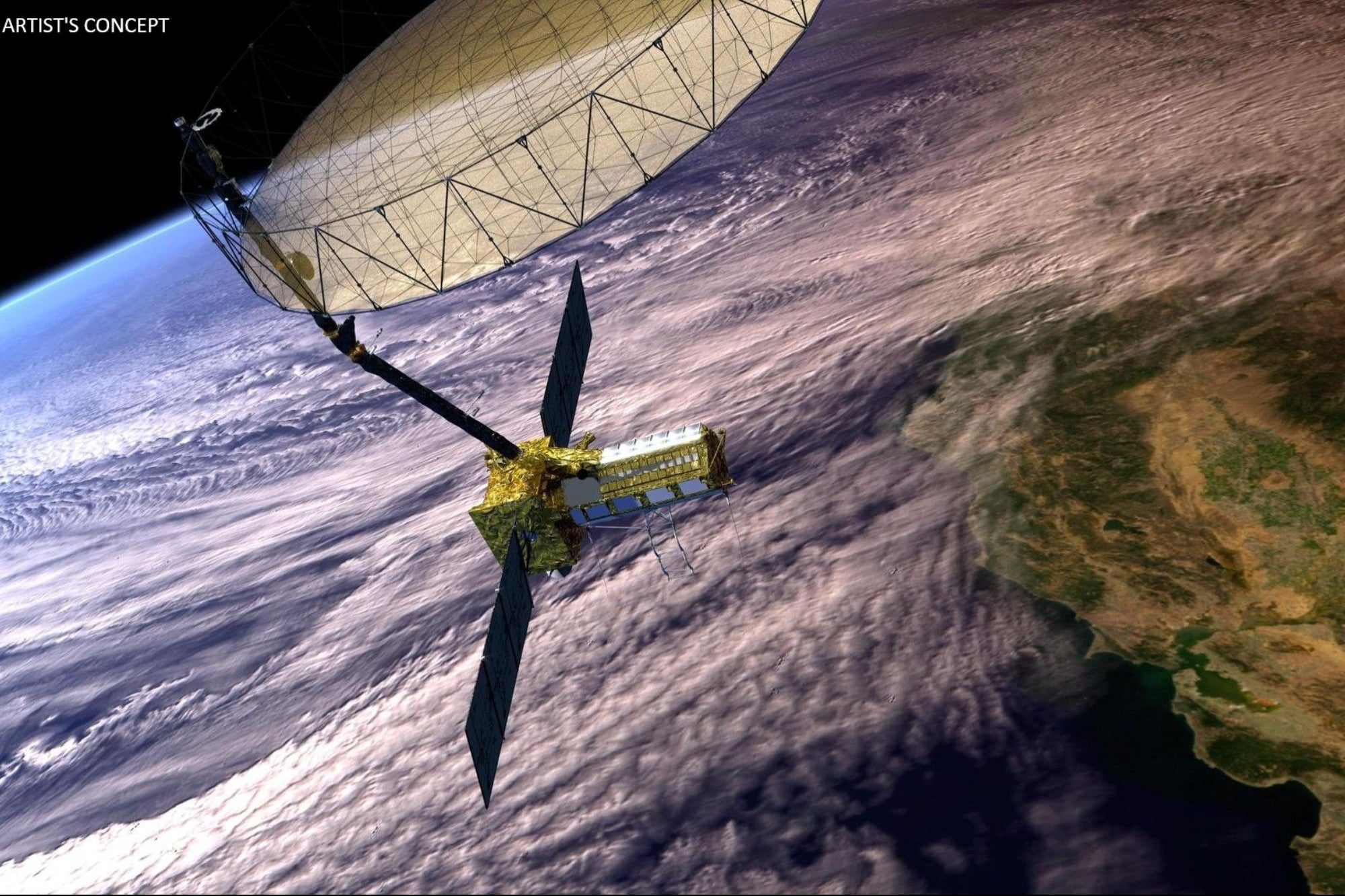NASA-ISRO's NISAR Mission Marks Turning Point for Indian SpaceTech Scheduled for liftoff on July 30, 2025, at 5:40 PM IST, the mission will take off aboard the GSLV-F16 rocket from the Satish Dhawan Space Centre in Sriharikota.
Opinions expressed by BIZ Experiences contributors are their own.
You're reading BIZ Experiences India, an international franchise of BIZ Experiences Media.

The Indian Space Research Organisation (ISRO), in partnership with the National Aeronautics and Space Administration (NASA), is gearing up for one of its most ambitious space missions. The launch of the NASA-ISRO Synthetic Aperture Radar (NISAR) satellite.
Scheduled for liftoff on July 30, 2025, at 5:40 PM IST, the mission will take off aboard the GSLV-F16 rocket from the Satish Dhawan Space Centre in Sriharikota.
NISAR marks a significant milestone in global space cooperation, combining NASA's advanced L-band radar technology with ISRO's state-of-the-art S-band radar system. The mission is set to deliver high-resolution, all-weather, day-and-night imaging of Earth. This capability is said to allow scientists to track crucial environmental changes, including land subsidence, glacier dynamics, and ecosystem health, with exceptional accuracy, making NISAR one of the most sophisticated Earth observation missions ever undertaken.
This mission is particularly noteworthy as it represents ISRO's 102nd mission overall and the first GSLV launch dedicated to a radar-based Earth observation satellite. It highlights India's expanding leadership in space science and its capacity to successfully execute intricate international collaborations.
The satellite will help scientists better understand processes involved in natural hazards and catastrophic events, such as earthquakes, volcanic eruptions, and landslides.
— NASA's Kennedy Space Center (@NASAKennedy) July 29, 2025
NASA's Launch Services Program at Kennedy Space Center, FL has an advisory role for the NISAR mission.…
NISAR's goal is to analyze Earth's shifting processes in unparalleled detail, providing essential data for the global scientific community.
According to ISRO, the satellite's key objectives are to tracking land and ice deformation to better understand events such as earthquakes, landslides, and glacial melt; mapping terrestrial ecosystems and analyzing forest changes to monitor biodiversity and carbon sequestration and study oceanic zones, including shoreline alterations and rising sea levels, with joint research input from Indian and U.S. teams.
Additionally, NISAR is also geared up to monitor seasonal variations in forest coverage, detect terrain shifts in mountainous regions, and track glacial activity in sensitive areas like the Himalayas, Antarctica, and the polar zones. These insights are expected to enhance climate models, strengthen disaster response efforts, and support effective management of natural resources.
Yashas Karanam, Co-Founder & COO, Bellatrix Aerospace, said that the collaborative effort shown by ISRO in providing the launch service and the S-band SAR, and NASA providing the L-band SAR on this project, truly exemplifies what global cooperation focused on the well-being of our planet should look like.
"For space tech startups, this represents a turning point. NISAR's data will fuel research and drive sustainable development. It's not just a science mission, it's a living laboratory for next-gen EO platforms, where sensing, autonomy, and onboard data processing converge at scale. This mission also signals a potential openness from both the Indian and US governments to pursue similar collaborations between private space companies in their respective nations," said Karanam.
The satellite is engineered to scan the Earth's entire surface twice within a 12-day cycle. During its initial three-year mission period, it will generate high-resolution images of the planet every six days, enabling near-real-time monitoring of environmental changes. In contrast to earlier Indian Earth observation satellites focused mainly on national needs, NISAR has a global scope, offering valuable data for researchers, governments, and industries across the world.
ISRO said through its X (formerly Twitter), "Two Nations. One Mission. India + USA = One mission to watch Earth. #ISRO #NASA builds, Earth benefits. This marks a key milestone in Earth observation technology. Built across continents in phases, NISAR is a result of global teamwork and tech. NISAR came together through years of integration and testing. NISAR's build journey is a story of teamwork."













